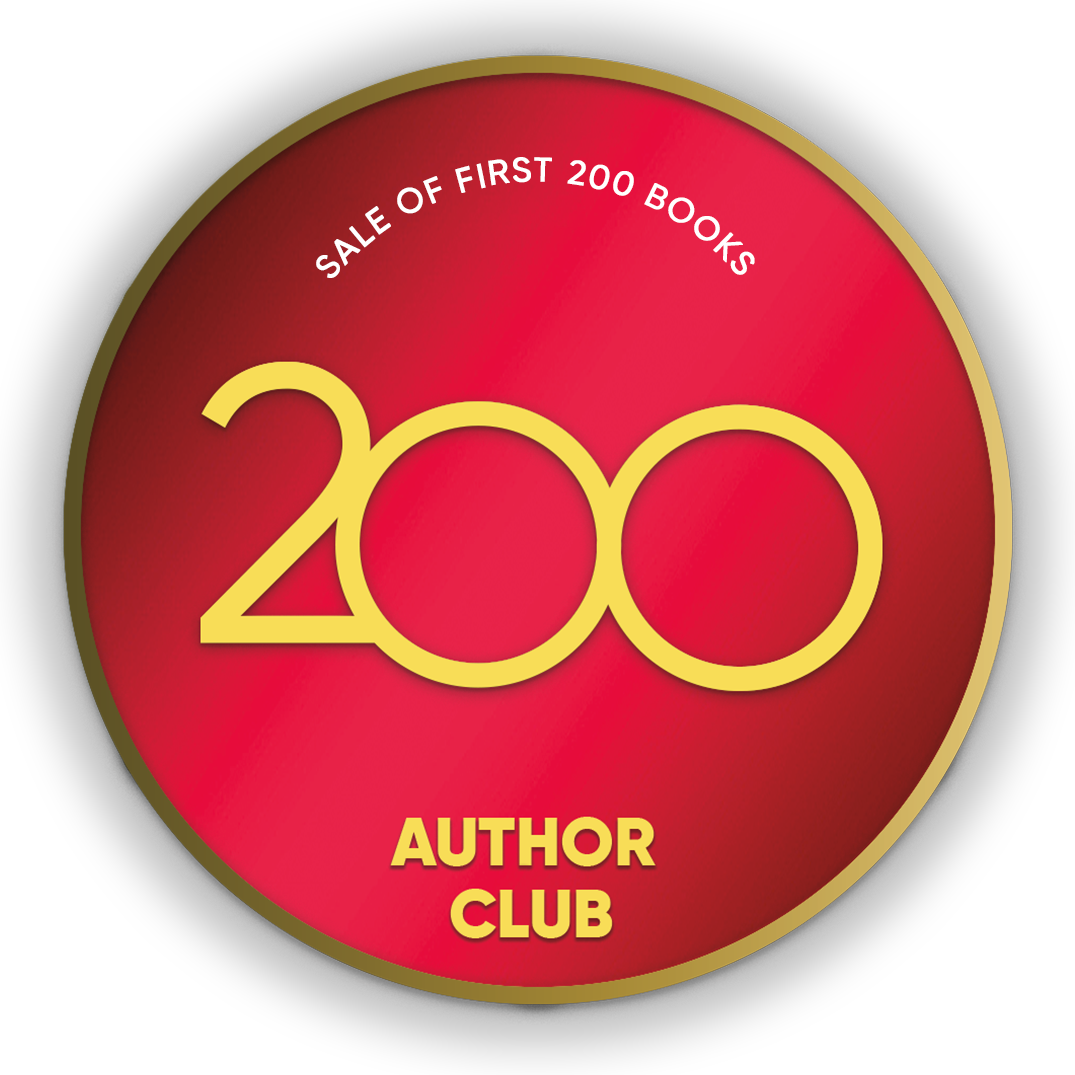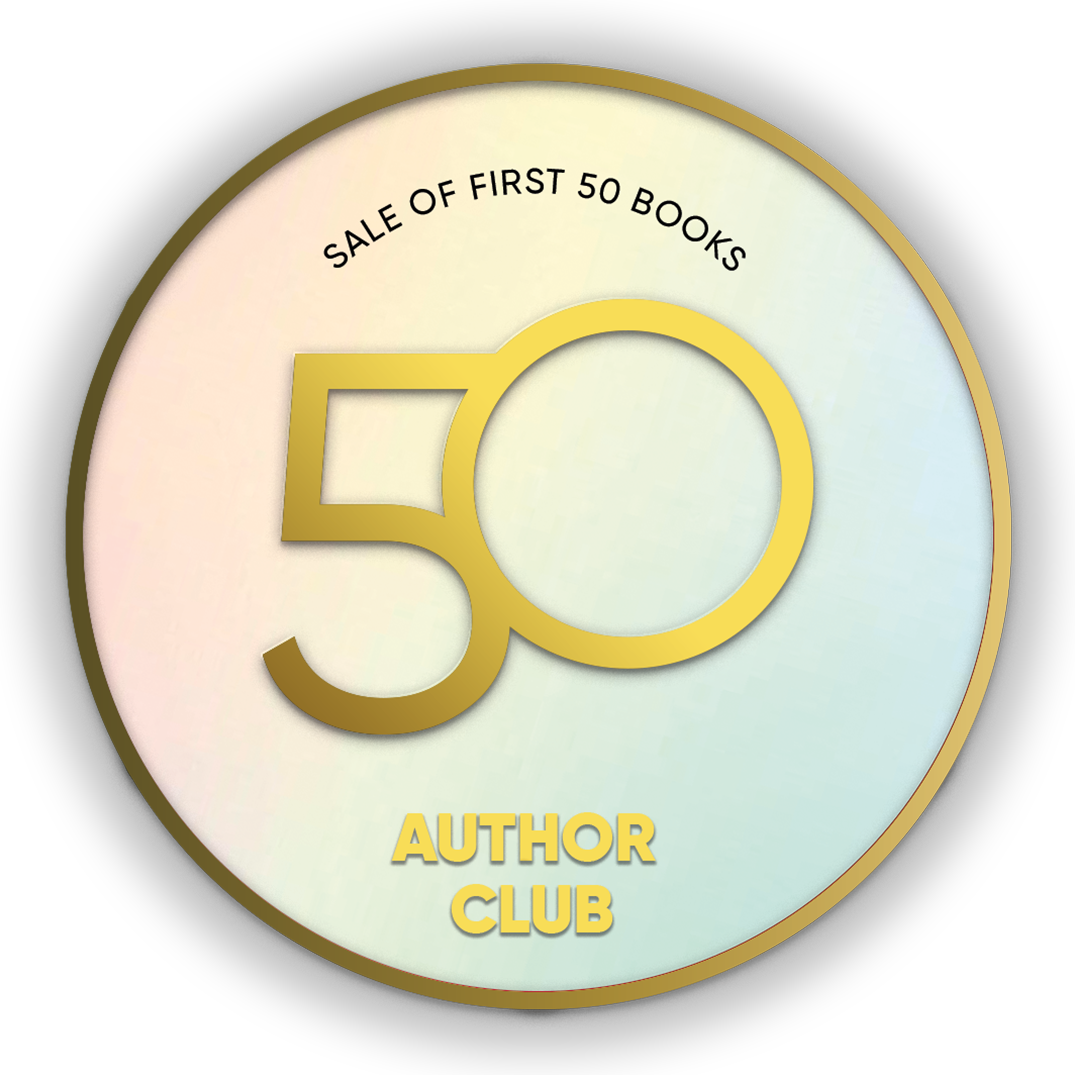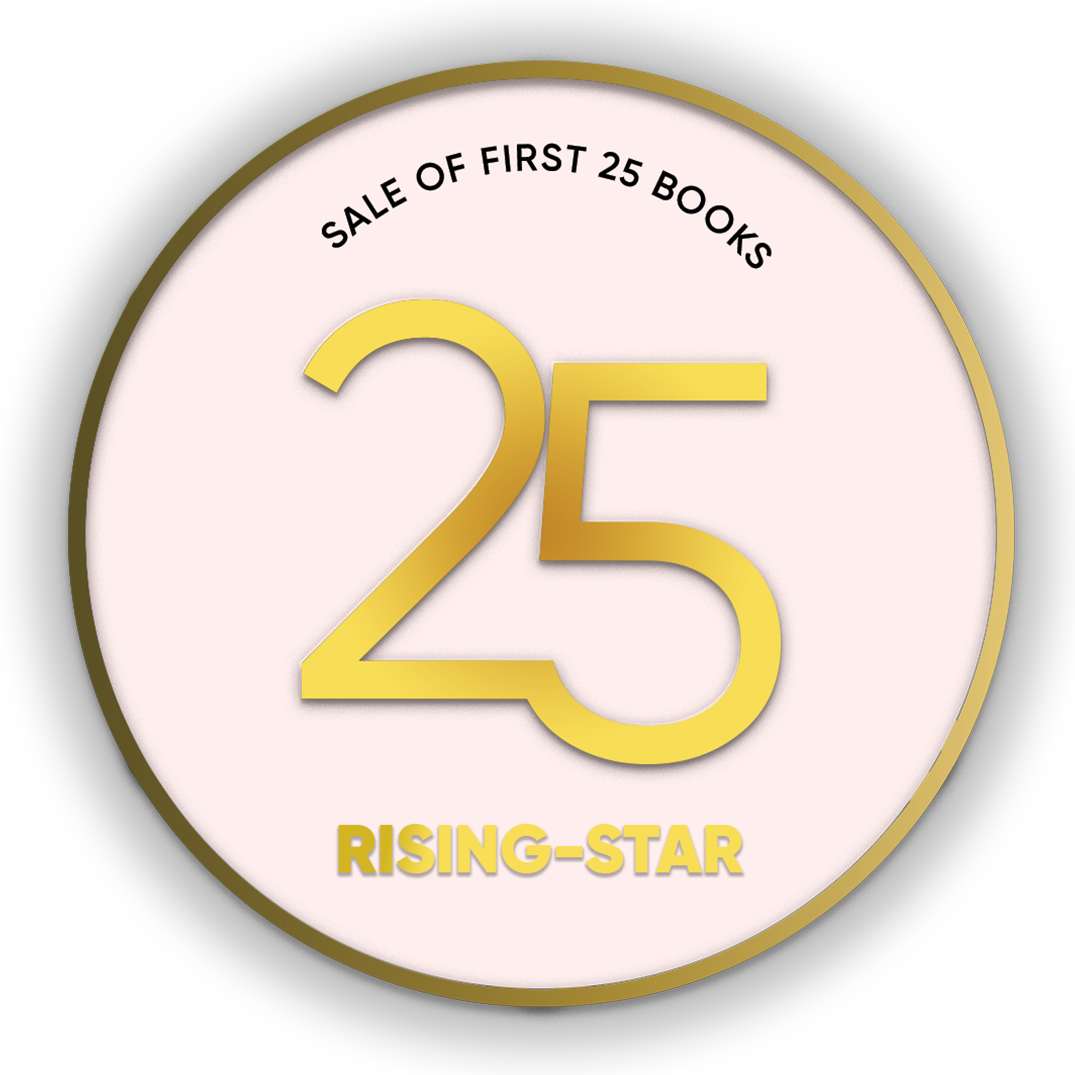
- Discover books
- For Writers
-
For Writers
-
Indie Author Championship
-
Challenges
Writing Contests
- Get Started

"It was a wonderful experience interacting with you and appreciate the way you have planned and executed the whole publication process within the agreed timelines.”
Subrat SaurabhAuthor of Kuch Woh Pal -
Crop your profile image

ESSENTIALS OF ORGANIC CHEMISTRY
Books by Dr. A. Jafar Ahamed Mr. S. R. Bavaji
We frequently hear the term "organic" in everyday language where it describes or refers to substances that are "natural". This is probably a result of the notion of early scientists that all organic compounds came from living systems and possessed a "vital force". However, chemists learned over 170 years ago that this is not the case. Organic compounds are major components of living systems, but chemists can make many of them in the laboratory from substances
We frequently hear the term "organic" in everyday language where it describes or refers to substances that are "natural". This is probably a result of the notion of early scientists that all organic compounds came from living systems and possessed a "vital force". However, chemists learned over 170 years ago that this is not the case. Organic compounds are major components of living systems, but chemists can make many of them in the laboratory from substances that have no direct connection with living systems. Chemically speaking, a pure sample of an organic compound such as Vitamin C prepared in a laboratory is chemically identical to a pure sample of Vitamin C isolated from a natural source such as an orange or other citrus fruit.
This book consists of a variety of discrete topics usually divided into separate chapters as textbook. In contrast, your organic chemistry instructors will present a course in which each new topic uses information from previous topics to raise your understanding of organic chemistry to successively higher levels.
Artificial Intelligence with Machine Learning
Books by Dr. R. N Satpathy Dr. Sivakumar N Mr. Ravikumar R. N Mr. Jayaraj Ramasamy
Primarily intended for the undergraduate and postgraduate students of computer science and engineering, this text bridges the gaps in knowledge of the seemingly difficult areas of artificial intelligence and machine learning.
This book promises to provide the most number of case studies and worked out examples than any other of its genre. The text is written in a highly interactive manner which makes for an avid reading. More into the text, the content
Primarily intended for the undergraduate and postgraduate students of computer science and engineering, this text bridges the gaps in knowledge of the seemingly difficult areas of artificial intelligence and machine learning.
This book promises to provide the most number of case studies and worked out examples than any other of its genre. The text is written in a highly interactive manner which makes for an avid reading. More into the text, the contents are well placed that it takes off from the introduction to AI, which is followed by heuristics searching and game playing. The machine learning section begins with the basis of learning and the various association rule learning algorithms. Various types of learning like, reinforced, supervised, unsupervised and statistical are also included with numerous case studies and application exercises. The well explained algorithms and pseudo codes for each topic make this book useful for students.
Introduction to Design Thinking
Books by Dr. D. Ravindran
Design thinking is a methodology that designers use to brainstorm and solve complex problems related to designing and design engineering. It is also beneficial for designers to find innovative, desirable, and never-thought-before solutions for customers and clients. Design thinking is used extensively in the area of healthcare and wellness, agriculture, food security, education, financial services, and environmental sustainability, to name a few.
Design thinking is a methodology that designers use to brainstorm and solve complex problems related to designing and design engineering. It is also beneficial for designers to find innovative, desirable, and never-thought-before solutions for customers and clients. Design thinking is used extensively in the area of healthcare and wellness, agriculture, food security, education, financial services, and environmental sustainability, to name a few.
நெடும்புனல்
Books by முனைவர் அ. ஸ்ரீதேவி
நெடும்புனல்
vதமிழ் இலக்கணத்தைத் தொல்காப்பியர் எழுத்து, சொல், பொருள் என மூன்று வகையாகக் கொண்டு யாப்பு அணி என்பனவற்றைத் தொல்காப்பியப் பொருளதிகாரத்துள் முறையே செய்யுளிய�
நெடும்புனல்
vதமிழ் இலக்கணத்தைத் தொல்காப்பியர் எழுத்து, சொல், பொருள் என மூன்று வகையாகக் கொண்டு யாப்பு அணி என்பனவற்றைத் தொல்காப்பியப் பொருளதிகாரத்துள் முறையே செய்யுளியல், உவமவியல் என்பவற்றுள் அடக்குவர். பிற்காலத்தார் இலக்கணங்களை வடநூல் முறையைப் பின்பற்றி ஐந்தாகக் கொண்டனர். தொல்காப்பியர்காலத்துக்கு முன்னும் பின்னும் யாப்பு நூல்கள் பல தமிழில் இருந்தன. அவிநயம், காக்கைப்பாடினியம், சிறுகாக்கைப்பாடினியம், நற்றத்தம், பல்காயம், மயேச்சுவரம் முதலான யாப்பிலக்கண நூல்கள் யாப்பருங்கல விருத்திக்கு முன்னரே பல்கியிருந்தன. யாப்பருங்கலமும் யாப்பருங்கலக்காரிகையும் தோன்றிய பின்னர் அவை யெல்லாம் வழக்கொழிந்தன. அவற்றுள் தொல்காப்பியச் செய்யுளியல் ஒன்றே எஞ்சி நிற்கின்றது.
தொல்காப்பியர், செய்யுளியலில் முதல் நூற்பாவில் செய்யுள் உறுப்புகளாக முப்பத்து நான்கு உறுப்புகளைப் பட்டியலிடுவார்.(செய்.313). இவற்றுள் எழுத்து, அசை, சீர் முதலான இருபத்தெட்டு உறுப்புகளைச் செய்யுள் அடிப்படை உறுப்புகள் என்றும் அம்மை முதலான எட்டினைச் செய்யுள் பொருள் புலப்பாட்டுக்கு உதவும் உறுப்புகள் என்றும் வகைபடுதற்கியலும்.
வனப்புக் கோட்பாட்டு வளர்ச்சி.
ORGANISATION CHANGE AND DEVELOPMENT
Books by Dr. M. S. Vijaya Rao
This text book is written for HR Practitioners, aspiring managers and for management students. This textbook guides readers through the core components of Organisational Change and puts them in the manager's chair, challenging them to apply their understanding to solve business problems such as attracting, acquiring, managing, and retaining employees in the Organisation. The book's central theme, supported by extensive analysis and the need of the hour, i.e, c
This text book is written for HR Practitioners, aspiring managers and for management students. This textbook guides readers through the core components of Organisational Change and puts them in the manager's chair, challenging them to apply their understanding to solve business problems such as attracting, acquiring, managing, and retaining employees in the Organisation. The book's central theme, supported by extensive analysis and the need of the hour, i.e, change management which is heavily driven by Changes taking place in macro and micro environment. The coverage also includes Organisational Development Inteventions at Individual level, group level and Organisational level and the book incorporates the OD Inteventions postulated by various OD Practitioners.The book contains questions for discussion and evaluation at the end of each chapter and provides the following points for the benefit of the readers: Presents the core course material in an informal, narrative style that puts readers in the manager's chair Focuses readers on practical issues and leads them to work through situations as if they were the manager (or employee, as the case may be).
An Overview on Design Thinking
Books by M. Leelavathi Dr. V. Suganthi Dr. P. K. Manoj Kumar
This Book explains about,
Design thinking is a methodology that designers use to brainstorm and solve complex problems related to designing and design engineering. It is also beneficial for designers to find innovative, desirable and never-thought-before solutions for customers and clients.
Design thinking is used extensively in the area of healthcare and wellness, agriculture, food security, education, financial services, and environment
This Book explains about,
Design thinking is a methodology that designers use to brainstorm and solve complex problems related to designing and design engineering. It is also beneficial for designers to find innovative, desirable and never-thought-before solutions for customers and clients.
Design thinking is used extensively in the area of healthcare and wellness, agriculture, food security, education, financial services, and environmental sustainability, to name a few.
Design thinking has helped in the digital space, contributed to the development of physical
products, spurred social innovation projects and much more.
The iterative design process helps the designers to involve clients and customers in meaningful ways. It is not just a strategy to come up with feasible solutions to a problem, but also a method to think of unimaginable solutions and then trying to make them not just feasible, but also viable.
Design thinking is a blend of logic, powerful imagination, systematic reasoning and intuition to bring to the table the ideas that promise to solve the problems of the clients with desirable outcomes. It helps to bring creativity with business insights.
Artificial Intelligence for Beginners
Books by Leelavathi. M
Introduction of Artificial Intelligence (For beginners) allows the users to learn about AI, working with AI and methods of AI. All contents have their own diagrams where they fit naturally with topics in the text, so there are many new UML diagrams throughout the book. This is First edition, explains about Search strategies, planning strategies, learning types etc.
Introduction of Artificial Intelligence (For beginners) allows the users to learn about AI, working with AI and methods of AI. All contents have their own diagrams where they fit naturally with topics in the text, so there are many new UML diagrams throughout the book. This is First edition, explains about Search strategies, planning strategies, learning types etc.

Are you sure you want to close this?
You might lose all unsaved changes.
Select from one of our global stores to continue
 India
India
 Malaysia
Malaysia
 Singapore
Singapore
 UAE
UAE
Warning Message
The items in your Cart will be deleted, click ok to proceed.

















